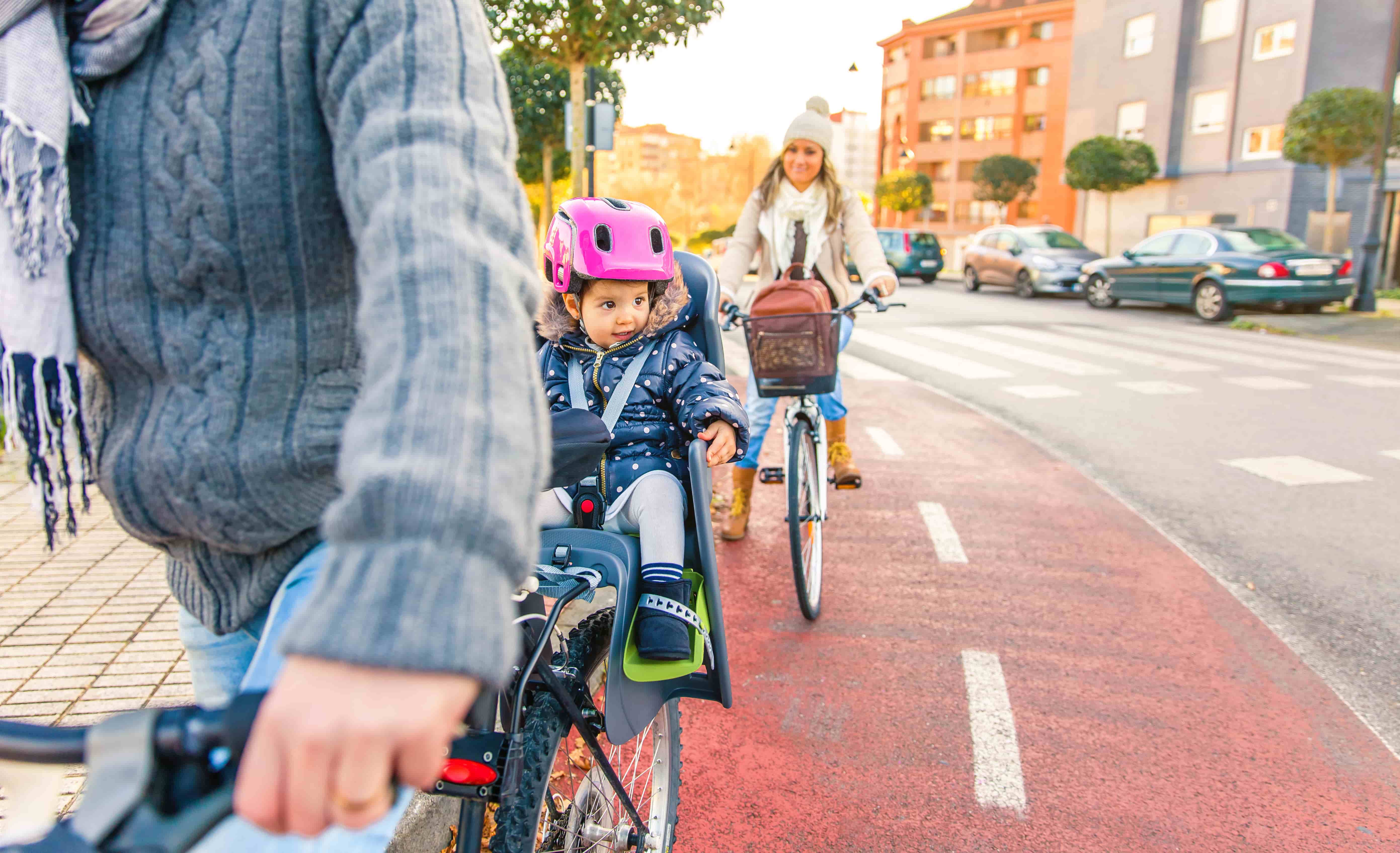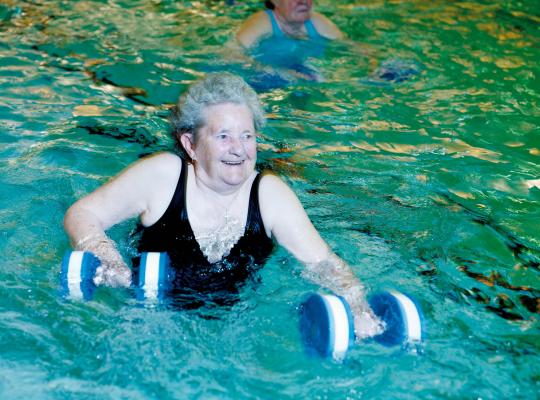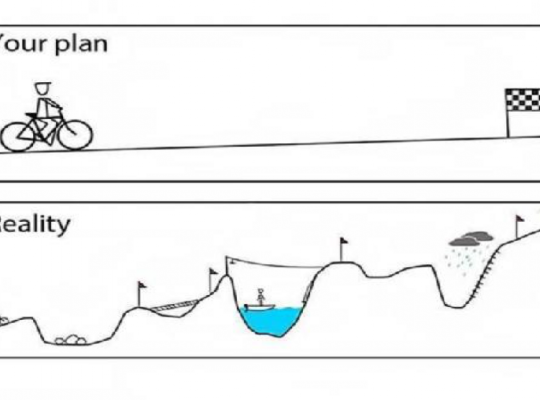The Wider Physical / Built Environment - How do we create healthy places and spaces?Complexity – Collaboration – Implementation
Written by Dave Stock, Strategic Relationships Manager- Active Together / Sport England Extended Workforce
(Mild Health Warning . . . .written while in isolation and under the effects of Covid)
We all know there are a range of existing and emerging and health wellbeing challenges at population and local levels. A reported increase in childhood obesity, an aging and increasingly “inactive” older population together a rising prevalence of multi morbidity (multiple health conditions) among the adult population provides some challenging health concerns for many public services. The Covid pandemic has clearly exacerbated many of these issues and put further strain on public services. The gap in physical activity participation (and subsequent health outcomes) between disadvantaged and non-disadvantaged social groups in some reports is growing.
Although we need to acknowledge that there are multiple factors that determine an individual’s health and motivation to be physically active, we really should begin to think more seriously and recognise that the design of our physical and built environment plays a significant role in shaping healthy and physical activity behaviours over the long term.
What does developing Active Environments actually mean?
Over the last year or so we all would have begun to see and recognise this term “Active Environments”. In the grand scheme of things, I’d say it’s a relatively new term (two separate words put together to create some new meaning) but I am not quite sure we have collectively defined what it means for our work and roles. In listening to my Active Partnership colleagues over the past 18 months, through our community of practice work in this area (tribute to my colleagues here Simon Hamilton, Adrian Ledbury, Dr Rosie Rowe, among others) it’s clear that there is a lot of interest, appetite, ability and willing to delve into and support this agenda. At the same time there seems to be lots of different, understanding, interpretations, perspectives, and approaches to what developing “Active Environments” actually means.
Supporting active travel plans, regenerating community spaces, influencing new housing design, engaging with planning policy, health impact assessments, encouraging biodiversity, design and planning of green spaces. . .the list goes on!
This isn’t a bad thing, but we have to acknowledge that this is a big and complex topic, with lots of components that need thinking about. We also need to acknowledge thatshaping our physical and built environment is primarily a “long game” and one that needs national join up and a collaborative and system led approachfrom lots of different sectors, services and system partners. As an Active Partnership, whatever you do, at a local level, to support developing an active environment, there will likely be a role somewhere for a planner, environmentalist, transport expert, community and voluntary groups, a developer, Public Health consultant, Community Safety lead. . . . . .again the list goes on!
Inevitably with all the above in mind, when we talk about “Active Environments”, what we really mean is designing and developing our spaces and places to be ones that are healthy and encourage people to move more and be physically active. As many have quoted before, every physical and built environment has the potential to encourage movement.
“An ever-increasing body of research indicates that the environment in which we live is inextricably linked to our health across the life course. For example, the design of our neighbourhoods can influence physical activity levels, travel patterns, social connectivity, mental and physical health and wellbeing outcomes.”
(Spatial Planning for Health- An evidence resource for planning and designing healthier places; Public Health England, 2017). I know this is little old, but its simple and to the point.
The Starting Point
So, what’s the starting point for our network contribution?
Firstly, we need to tackle this (in systems leadership language) as a “complex problem”. There is no one organisation that can ensure all of our environments become physically activity friendly, rather the solution is the sum contribution from many parts of the system. Our planning, transport, health, education voluntary partners (among many others) all have a role to play, but this needs co-ordination.
There is an abundance of national guidance that promotes and advises on healthy place making (Active Environments) and a range of fabulous national level agencies that support, champion and advocate for health and physical activity in the wider and built environment. Small plug for the healthy place making portal here, but there is some great national guidance from multiple sources on how to optimise healthy and physical activity behaviours in the design and development of streets, open spaces, travel networks, residential developments, town centres etc etc . . . .
https://www.healthyplacemaking.co.uk/health-themes/active-travel/
https://www.healthyplacemaking.co.uk/health-themes/connectivity/
https://www.healthyplacemaking.co.uk/health-themes/329-2/
https://www.healthyplacemaking.co.uk/health-themes/green-and-blue-spaces/
This is all really positive and provides at a national and local level an excellent reference point for policy and practice.
The challenge we have though is “implementation” and “implementation at scale”. Advocacy, capacity building and guidance are key, but this really comes to life where there is local facilitation and where local leaders and influencers have an understanding of the connection between placemaking decisions and positive health and wellbeing outcomes
From my own observations and engagement with the planning and development system over the past couple of years, and when thinking about design and development of new built environments especially, it’s the capacity, the join up and sometimes the leadership that affects the implementation of these great ideas at a local level. Is it the case that “its everybody’s job, but nobody’s job?”.
There can be great policy references in local plans, supplementary planning documents and design guides etc, that talk about green space, active travel, provision of sports facilities etc but across the country there are too many examples where this has not translated on the ground into high quality “Active Environments”
Its at this point where I am convinced with the right support, capacity, join up etc (national and local), that Active Partnerships are the untapped asset and have the right positioning to play a critical local role. There is a list of jobs to do in working in this space at a local level including
- championing & advocating for healthy place making
- evidencing the health benefits of intelligent design
- influencing local policy and practice
- joining up the local services and sectors
- maximising the use of existing spaces and places.
This is much easier said than done and I am under no illusion that this requires new capacity.
Uniting The Movement, the new Sport England 10-year strategy sets out nicely the importance and critical contribution that a well designed and accessible wider physical environment can have on physical activity levels and the health of the population. That alongside the need to protect and develop dedicated sports facilities (pitches, courts, pools), community spaces (parks, schools, community halls) sets out a manageable challenge that we should all play an active role in. After all there is little dispute that the design of the places where we live, work, travel and do things for leisure has a real impact on our motivation, inclination, and decisions to be active.
Ask yourself this question…
Does the physical environment right outside your own front door, (or nearby), tempt you to take a stroll, go for a run or ride your bike? Is it a pleasant and safe place to play with you kids?
Could you safely ride your bike to local essential services with minimal risk of being flattened by a lorry or an enthusiastic new driver, and how close is you nearest community venue to swim, exercise or play sport. My guess is that the answers to these questions would be mixed.
What Are We Trying to Achieve?
Ultimately, we want to be able to
advocate and influence the design and development of our local spaces, places, and natural / built environments in a way that those spaces and developments are conducive to people moving more, being more physically active and embracing active travel
Our challenge is to understand and join up the local system to try and bring this to life.
In doing this we need to surface the evidence of healthy place making and campaign and encourage for new development that makes physical activity an easy and welcome choice for Joe public. The intended outcome is that new infrastructure and place making, that is developed across our partnerships over the next 30 years and more, improves people’s health, reduces air pollution and encourages active travel and active recreation.
Through influencing policy and practice, we need to encourage the local planning, transport, health and development system to be brave and view the design and construction of the physical environment through a “health lens”, building in health impact assessments and asking the question
Does what I am about to build or develop really encourage its users and residents to move more?
So What for Active Partnerships
So, to pick up from earlier, there is surely, significant potential and value in looking at the Active Partnership workforce as an asset to play some critical roles in championing this Active Environment challenge. With the reach, respectability and connections that our network has across local systems this is not beyond us to influence and potentially lead locally on this agenda over the next 10 years. This is not about our network providing the specialist technical support advice, but more about;
- Campaigning and advocating for a healthier wider built environment
- Bringing the planning, transport, health, environmental and other services together to start the big conversation, advocate the message and look at local implementation
- Find that “coalition of the willing” in our local networks who think the same way
- Finding and raising the profile of that important community voice
I would suggest that most of our built environment system colleagues would generally agree that the wider built environment should be a healthy one and one that contributes to climate action, promoting active travel and many other health related issues, but I see a role for someone to join the pieces of that complex challenge.
We are the very early stage of discussion on the topic, still defining what it really means, still learning and working out our roles and contributions to shaping our local physical environments, but we have, right now, a real window of opportunity to influence and create some impact. There is
- Uniting The Movement, the Sport England 10 year strategy that has Active Environments as a key pillar
- The learning from the Local Area Pilot work
- The Creation of Integrated Care Systems
- A growing urgency on supporting climate action and improving air quality
- The creation of Active Travel England,
- The 20 Minute Neighbourhood concept and there are new laws on Biodiversity.
These are just a few of many other useful ingredients than can create the conditions for change over the next 10 years, but it needs joining together.
Active Partnerships have done a fantastic job of delivering and raising the profile (locally and nationally) of sport and physical activity and its essential contribution to health outcomes over the last 20 years. If we can find the capacity, skills, time and energy over the next 10 years perhaps we can be in a position in 2032 to demonstrate our impact in shaping our local physical and built environment in a way that local people walk, cycle and exercise much more in the places where they live work and play. . . and all due to the intelligent design of these places that we have had a hand in
There is great Active Environment Community of Practice already established with many Active Partnerships connecting and demonstrating their excellent contribution and appetite for this agenda This is an open invitation to all to come and join in the discussions and help us work out how Active Partnerships can be a credible force and contributor to healthy place shaping and making our local environments more active.
To be continued. . . . .


